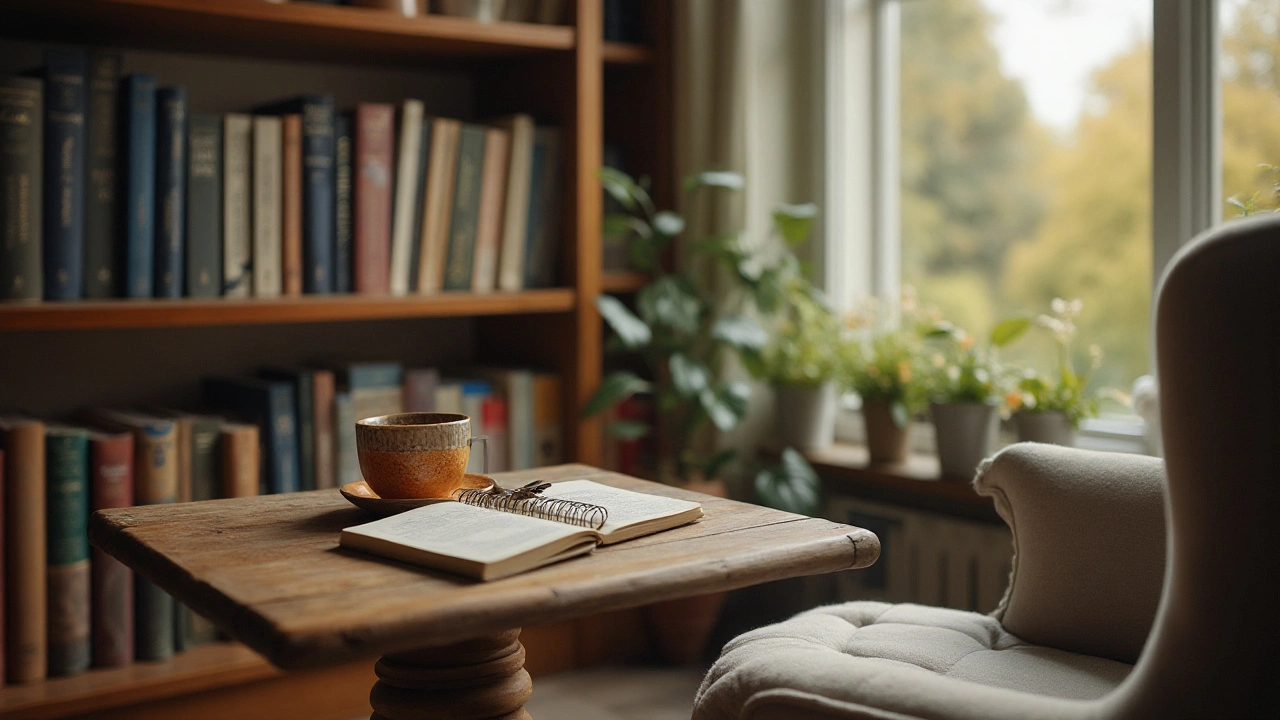Anxiety relief: Practical steps you can try now
Feeling anxious can drain your day fast. The good news: small, specific actions often reduce intensity quickly and add up over time. Read this for short tools you can use right away and steady habits that lower anxiety week by week.
Quick relief you can use today
When anxiety spikes, try a 4-4-8 breathing cycle: breathe in for 4 seconds, hold 4, exhale 8. Repeat four times. It slows your heart and clears your head.
Do a 5-4-3-2-1 grounding exercise: name 5 things you see, 4 you can touch, 3 you hear, 2 you smell, 1 you taste. That pulls your focus away from worries and into the present.
Tense then relax major muscle groups from your toes to your face for two minutes. Progressive muscle relaxation eases physical tension that fuels anxiety.
Move your body. A brisk 10-minute walk or a few sets of jumping jacks shifts stress hormones and often breaks the loop of racing thoughts.
Limit stimulants. Skip extra coffee, energy drinks, or nicotine when you’re already anxious—these raise your heart rate and can make symptoms worse.
Longer-term habits and treatment options
Sleep matters. Aim for consistent bed and wake times. Poor sleep amplifies anxiety, so focus on a dark, cool room and wind-down routines without screens.
Exercise regularly. Thirty minutes most days improves mood and lowers baseline anxiety. You don’t need intense workouts—brisk walking, cycling, or yoga help a lot.
Practice a short daily mindfulness habit. Five minutes of focused breathing or a guided meditation app each morning builds tolerance for stress over weeks.
Cognitive Behavioral Therapy (CBT) is a practical therapy that teaches how to spot unhelpful thoughts and replace them with realistic ones. Many people notice measurable improvement after a few months.
Medications can help when anxiety interferes with daily life. Common options include SSRIs and SNRIs for longer-term control, buspirone for generalized anxiety, and short-term benzodiazepines for acute panic—always under a prescriber's guidance. Talk to your doctor about side effects and the right choice for you.
When to get professional help: if anxiety stops you from working, leaves you unable to leave home, causes panic attacks often, or leads to thoughts of harming yourself, contact a mental health professional now. If you’re unsure, a primary care visit is a simple first step.
Small steps add up. Use quick tools when you need them, build steady habits every day, and ask for help when anxiety blocks your life. You don’t have to handle it alone, and there are practical, straightforward options that work.
- Colin Hurd
- Jan, 8 2025
- 8 Comments
Exploring Alternatives to Atarax for Anxiety Relief
Discover nine effective alternatives to Atarax, a medication commonly used to treat anxiety and allergies. This article provides a detailed overview of each alternative, highlighting their pros and cons to help readers make informed choices. Learn about various non-medication options, natural remedies, and other prescription drugs that can offer relief for anxiety symptoms. Understand the benefits and limitations of each alternative to make an informed decision on managing anxiety effectively.

